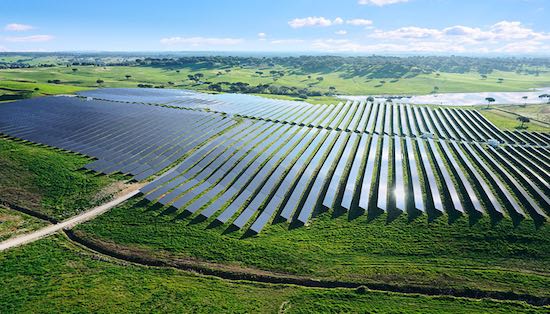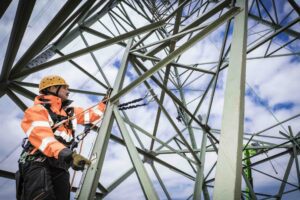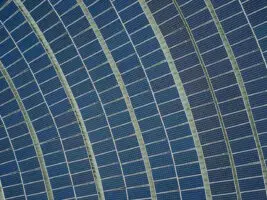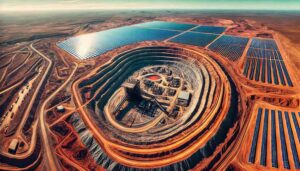Two of Australia’s corporate heavyweights, Telstra and Macquarie Group, are looking to build new solar and wind farms in Australia in yet more signs that investment is moving beyond the world of utilities looking to fulfil legislated targets.
Telstra, which earlier this year announced it had signed a contract for a new 70MW solar farm in Emerald, Queensland, said this week it is now looking at further contract opportunities in NSW and Victoria, and was considering both wind and solar projects.
Telstra, which says it consumes around 1 per cent of Australia’s electricity, already has one of the biggest corporate generation fleets, but this is mostly made up of generators (300MW) and battery storage (1000 megawatt hours) that is used to ensure its towers and other facilities can keep their power on.
James Gerraty, head of strategy at Telstra Energy, says solar farms such as Emerald provide long term protection for Telstra on energy prices.
Gerraty told the Disruption and Energy Industry conference in Sydney on Wednesday the company is now taking the same approach to managing long term risk on energy as it had on interest rates and other hedging policies.
Solar and wind farms offer that protection, because once they are built they provide a fixed price for the length of their operating life – 25-30 years. And on current prices, they are far cheaper than what companies like Telstra are paying on the spot market.
Gerraty said earlier this year that the Emerald solar farm was just the start of Telstra’s push into large scale renewable energy, but would “let the dust settle” on that first investment.
Now, it is ready to turn to new projects. Gerraty says the company will look at solar and wind projects in NSW and Victoria, but gave no indication of how much – in terms of project size of cost.
Meanwhile, Macquarie Group is believed to have set up a new team – many hired from Australian utilities – that will focus on investments in wind and solar projects.
It is early days, but it is understood that Macquarie is looking at projects both in the very early stages of site procurement through to latter stage developments.
Macquarie has become a major investor in renewable projects through its various investment arms across the world, and recently agreed to buy the UK’s former government owned “Green Bank”, but RenewEconomy understands this is the first time it has moved into a project development role.
Australian utilities are taking an increasing interest in large scale renewables, with the likes of zinc producer Sun Metals and greenhouse operator Nectar Farms making commitments to large scale solar and wind projects, and retailers such as Woolworths, Aldi and Ikea also investing heavily in rooftop solar.
Other groups such as the newly purchased Whyalla steel works, and the owner’s of Foster’s and VB are also pushing into renewables as part of their strategy to reduce costs or fulfil commitments to go 100 per cent renewables, as the likes of Apple, Google, Facebook and Amazon have all done.








